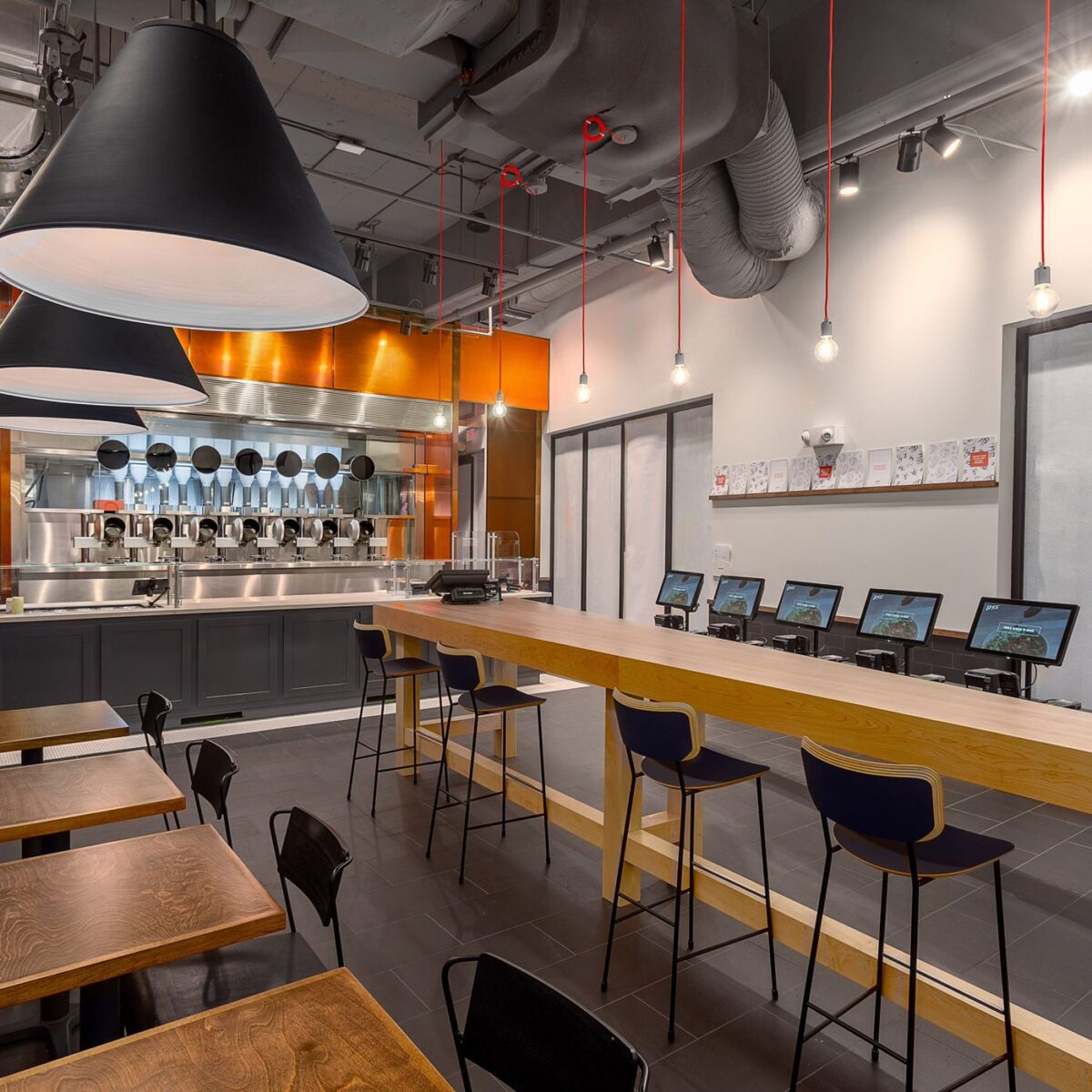Most restaurants are currently operating the same way they always have been operating. However, with the rapid improvement in technological advances, more and more restaurants understand the importance and return of integrating information technologies for example in order to maximize efficiency, minimize costs, or maximize customer satisfaction.
Big restaurant chains, such as McDonalds, already implement these technologies as every second counts. McDonalds acquired an artificial intelligence company to increase the automation of their drive through by implementing speech to text, allowing customers to place orders without requiring an employee. With the acquisition of Dynamic Yield, McDonalds is able to use their know how and technology on personalization and decision logic technology (Lucas, 2019). This way, they use this artificial intelligence to gain insights and show menu’s according to various factors such as time of day and weather (Lucas, 2019).
However, even though it is expectable of such a big food chain to use such technology, it is also interesting to look at smaller restaurants and how they use the technology to gain a competitive advantage. It is expected that the correct use of information technologies will result in disruptive innovations in the restaurant industry. There are a lot of options and technologies which can be implemented in all aspects of restaurants. Artificial intelligence will require a lot of data but can drastically improve the decision making of customers. Some restaurants are already using research based methods to increase the quality of their food and customer satisfaction, decrease waiting times and for example even what background music to play. However, once these are based on machine learning, this will have a considerable impact.
Furthermore, technological advances will considerably influence the kitchen in the restaurants. Not only are robots taking over the preparation of food, taking orders directly from ordering screens, also coming up with new foods and recipes will be done by artificial intelligence by analyzing data about for example ingredients and recipes. They could also make food based on personal requirements and desires, such as allergies. Already a lot of restaurants are using research based methods to increase the quality of their food and customer satisfaction, decrease waiting times and for example even what background music to play. However, once these are based on machine learning, this will have a considerable impact.
A question that often arises in such situations is what will happen with the people working in the restaurant industry. Of course it is expected that some jobs will be unnecessary, however also new jobs will be created to seamlessly integrate the technology with the human part. It is important to note that going to a restaurant is more than just about convenience or taste of the food. It is an experience and people will always want to have the genuine feeling of a restaurant as we know it now.
Source: Lucas, A. (2019, September 10). McDonald’s acquires A.I. company to help automate the drive-thru, its third tech deal this year. CNBC. https://www.cnbc.com/2019/09/10/mcdonalds-acquires-ai-company-trying-to-automate-the-drive-thru.html
https://www.curbed.com/2018/5/24/17388346/spyce-robotic-restaurant-boston-mit


Hi Benan,
Nice topic you discuss here. I often find myself in a restaurant and think: “could this not be done much more efficient with todays technologies?” Indeed, it is expectable that big food companies invest in information technologies. To my opinion, the key behind the success of fast food business like McDonalds has always been efficiency. In modern times, information technology is the source of efficiency. Therefore, I wouldn’t be surprised if especially in these companies you will see more and more cases of how IT is substituting employees. Yet, as you mention, it is interesting to see how information technology will become increasingly important for smaller restaurants. I believe that those restaurants put more value on customer experience. Therefore, I think that for those businesses information technology will be particularly important for enhancing the customer experience rather than becoming more efficient. For example, as a customer I am often surprised when a restaurant does not offer the possibility to split the bill with friends, or that they need to recalculate what each person consumed. The problem is that they place orders per table, and not per person. However, as most restaurants take orders with a mobile device, they could track orders per person if they would have a system where the waiter places orders per seat rather than per table.
I am curious to see what innovations we will see in the future!
Hi Bennan,
Thank you for your interesting contribution. I work as an analyst at a large fast food chain myself, so I find this topic very interesting to read about. I find it fascinating how the industry is changing. Through AI, customers will soon see personal menu boards. A fascinating development is that this is done based on the customer’s mood, for example. This is done by recognizing the tones in the customer’s voice. It also makes it easier to make personal offers based on a customer profile. Regarding the replacement of staff in the kitchen, I agree with you that this can be a worrying development. In the large chains, the kitchen is already virtually automated and the staff is easily replaceable because they only perform simple tasks. For the smaller restaurants, I don’t think AI will have much impact yet. In my opinion, the human factor and interaction with people is too important for this.
Finally, I believe that AI can have a very positive impact on the food industry. By means of AI, better predictions can be made in terms of consumption, which in turn results in a lower food waste.